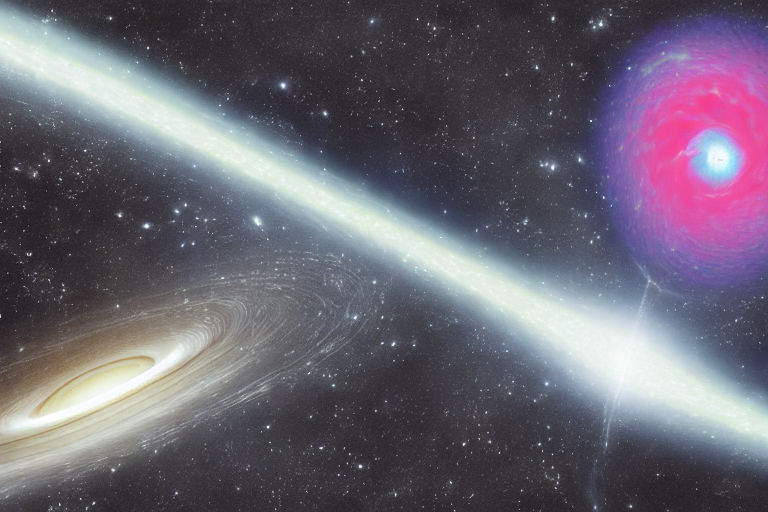Understanding the Dynamics of Black Holes: A Beginner's Guide to Astrophysics
Astrophysics is the study of the physical properties of the universe, including the behavior of stars and planets, as well as black holes. While black holes may seem mysterious and complicated, they can be understood with a little effort. In this beginner’s guide, we will explore the dynamics of black holes, the different types of black holes, and how they form.
What are Black Holes?
Black holes are incredibly dense regions in space, where gravity is so strong that nothing, not even light, can escape its pull. This means that they are invisible to the naked eye, but their presence can be detected through their effect on nearby objects. Black holes result from the collapse of massive stars, which compress the star's matter into an incredibly small space.
Types of Black Holes
There are three types of black holes:
-
Stellar black holes - These are the most common type of black hole, formed by the collapse of a massive star. They typically have a mass 1.5 to 10 times that of the sun.
-
Intermediate black holes - These are less common than stellar black holes and have a mass of 100 to 100,000 times that of the sun.
-
Supermassive black holes - These are the most massive black holes, with a mass of millions or billions of times that of the sun. They are believed to be at the center of every galaxy, including our own Milky Way.
Formation of Black Holes
Black holes form when a massive star runs out of fuel and collapses in on itself. The gravitational force of this collapse is so strong that it overcomes the forces that hold atoms together, causing them to break apart. As a result, the star collapses into a tiny, incredibly dense region called a singularity. Anything that gets too close to the singularity is pulled into it, resulting in a black hole.
Conclusion
In conclusion, black holes are fascinating celestial objects that have captured the imagination of people for centuries. Understanding the dynamics of black holes may seem daunting at first, but with a little effort, anyone can appreciate the beauty and complexity of these cosmic phenomena. Whether you are an astrophysics enthusiast or just curious about the universe, black holes are a fascinating topic worth exploring.



